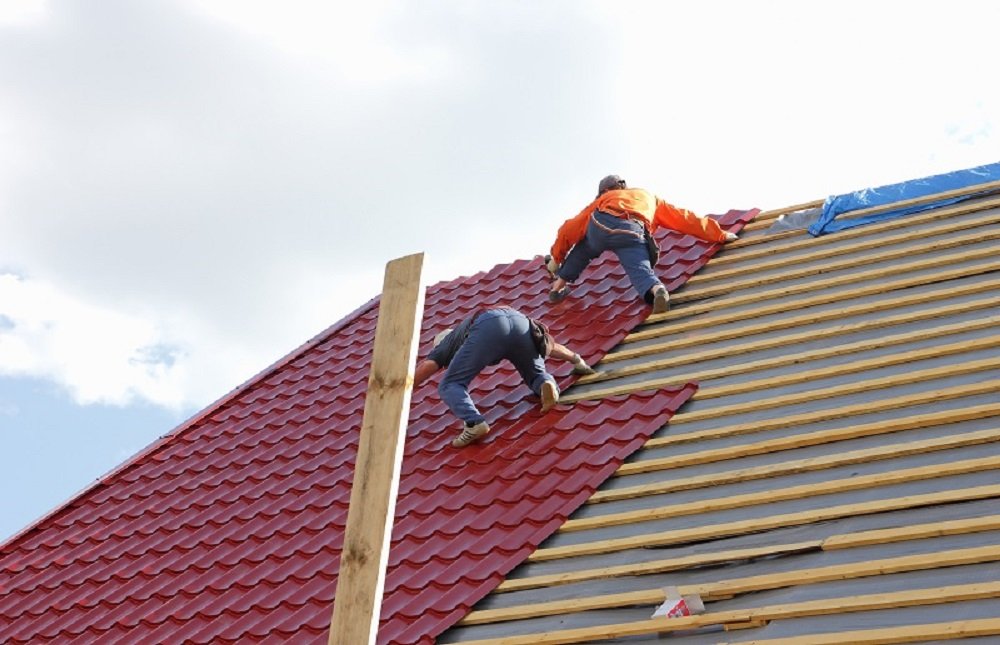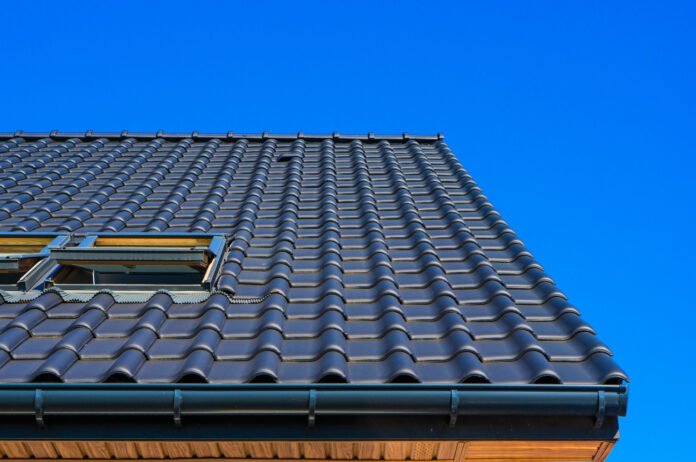Your roof is one of the most essential and fundamental parts of your home. It protects you and your family from the elements, ensures your home remains energy-efficient, and contributes to the overall aesthetics of your property. With the ever-changing weather conditions and other external factors, your roof will eventually require maintenance or even replacement. This is where roof restoration comes in. But what exactly is roof restoration, and how does it differ from roof replacement? In this comprehensive guide, we will delve deeper into roof restoration, its benefits, and when it’s the right time to opt for it.
1. Understanding Roof Restoration and Roof Replacement
Roof restoration is a process that entails repairing, cleaning, and applying a protective coating to your roof to extend its life and improve its appearance. It is a cost-effective and environmentally friendly alternative to a complete roof replacement. Roof replacement, on the other hand, involves removing the entire existing roof and installing a new one. This is typically a more expensive and time-consuming process.
The main difference between roof restoration and roof replacement is the extent of work and the cost involved. Roof restoration is ideal for roofs that are still in relatively good condition but require some maintenance, while roof replacement is necessary for severely damaged roofs that have reached the end of their lifespan.
2. The Benefits of Roof Restoration
Here are some of the key benefits of opting for a roof restoration:
– Cost-effective: Roof restoration is generally more affordable than a complete roof replacement, as it involves less labor and materials.
– Prolonged roof lifespan: A well-executed roof restoration can extend the life of your roof by up to 15 years.
– Enhanced curb appeal: A restored roof can significantly improve the appearance of your property, increasing its value.
– Improved energy efficiency: Roof restoration can help reduce your energy bills by sealing your roof against heat and cold.
– Environmentally friendly: By restoring instead of replacing your roof, you are minimizing waste and reducing the demand for new roofing materials.

3. Signs That Your Roof Needs Restoration
Some common signs that indicate your roof may require restoration include:
– Age: Roofs typically have a lifespan of 20-25 years. If your roof is approaching this age, it’s time to consider restoration.
– Damaged or missing shingles: If you notice any cracked, curled, or missing shingles, it’s an indication that your roof requires attention.
– Mold, moss, or algae growth: These can cause damage to your roof and are signs that it’s time for restoration.
– Water leaks or stains: If you notice any water stains on your interior ceilings or walls, it could be due to a leaky roof that needs restoration.
– Sagging roof: A sagging roof can be a sign of structural issues that require immediate attention.
4. The Roof Restoration Process
The roof restoration process typically involves the following steps:
– Inspection: A professional roofing contractor will assess the condition of your roof and determine the extent of the restoration required.
– Repair: Any damaged or missing shingles will be replaced, and any necessary structural repairs will be carried out.
– Cleaning: The roof will be thoroughly cleaned to remove dirt, debris, mold, and algae.
– Coating: A protective roof coating will be applied to seal the roof and provide an additional layer of protection against the elements.
– Final inspection: The contractor will perform a final inspection to ensure the roof restoration has been completed to a high standard.
5. Choosing the Right Roofing Contractor
Selecting the right roofing contractor is crucial to ensure a successful roof restoration. Here are some tips to help you choose the right contractor:
– Check for licensing and insurance: Ensure the contractor is licensed to carry out roof restoration work and has adequate insurance coverage.
– Look for experience: Choose a contractor with a proven track record and experience in roof restoration.
– Read reviews and testimonials: Check online reviews and ask for testimonials from previous clients to gauge the contractor’s reputation.
– Ask for a written quote: Obtain a detailed written quote that outlines the scope of work, materials to be used, and the project timeline.
– Compare quotes: Get quotes from multiple contractors and compare them based on price, experience, and customer reviews.
6. Frequently Asked Questions about Roof Restoration
Q: How long does roof restoration take?
A: The duration of a roof restoration project depends on the size and complexity of the job. Generally, it can take anywhere from a few days to a couple of weeks.
Q: How much does roof restoration cost?
A: The cost of roof restoration varies based on factors such as the size of your roof, the materials used, and the contractor’s fees. It’s essential to obtain multiple quotes to ensure you’re getting the best value for your money.
Q: Can I perform roof restoration myself?
A: While some aspects of roof maintenance can be done by homeowners, roof restoration is a complex process that requires specialized equipment and expertise. It’s best to hire a professional roofing contractor to ensure the job is done correctly and safely.
7. Conclusion
Roof restoration is a cost-effective and environmentally friendly solution for maintaining the durability and aesthetics of your roof. By recognizing the signs that your roof requires restoration and choosing the right roofing contractor, you can ensure the longevity of your roof and the safety of your home. Don’t wait for severe damage to occur before taking action – schedule a roof inspection today and invest in the future of your property.








